By William E. Welsh
The U.S. military had 409,000 soldiers and Marines in South Vietnam organized into approximately 100 infantry and mechanized battalions at the start of 1968. North Vietnamese forces had infiltrated into the country through various points along the Ho Chi Minh Trail since 1965, one of which was the Central Highlands comprising Kontum, Pleiku, and Darlac provinces.
The Central Highlands were “are a run of erratic mountain ranges, gnarled valleys, jungled ravines and abrupt plains where Montagnard villages cluster, thin and disappear as the terrain steepens,” wrote war correspondent Michael Herr, who had visited the region during the height of the conflict. They were “spooky beyond belief,” Herr said.
General William Westmoreland, the top commander of U.S. forces in South Vietnam, had sought throughout 1967 to carry the war to opposing communist forces by striking North Vietnamese base camps and troop concentrations along the Cambodian and Laotian borders. A running battle had occurred in November 1967 as the U.S. 4th Infantry Division and the elite 173rd Airborne Brigade had battled two regiments of the enemy’s corps-level B-3 Front at Dak To in Kontum Province. Although the North Vietnamese forces had been badly bloodied, they reorganized and replaced their losses inside Laos and continued to operate around Dak To.
Specialist 5 Dwight Johnson of Detroit, Michigan, was one of the many soldiers of the 4th U.S. Infantry Division that continued to defend the critical sector at the beginning of 1968. Johnson, who had been an above average student in high school, an Explorer Scout, and active in his local church, was drafted in July 1966 and underwent basic training at Fort Knox, Kentucky. He arrived in country as the driver of an M48A3 tank in Company B, 1st Battalion of the 69th Armor Brigade of the 4th Infantry Division.
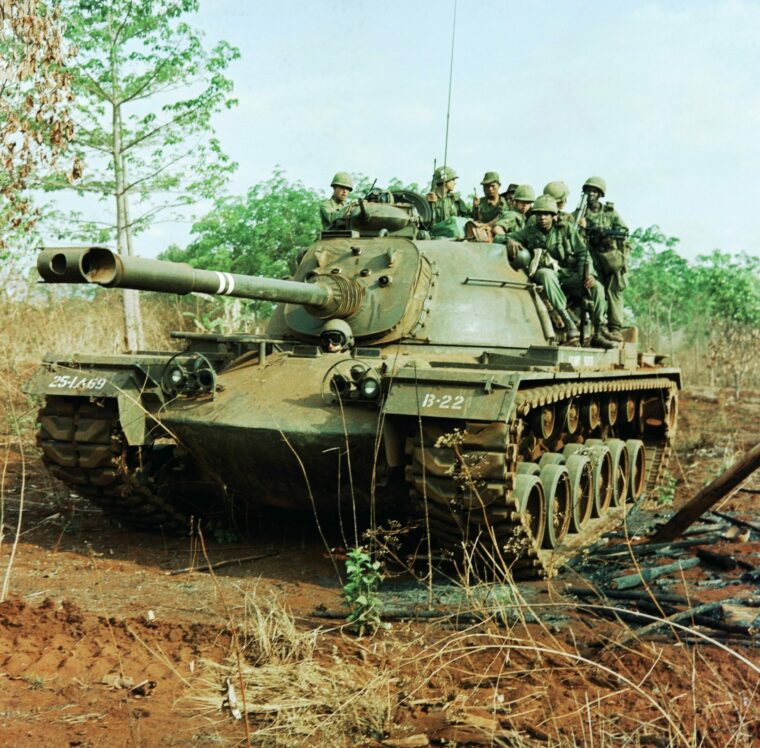
He had remained unscathed throughout his tour of duty in 1967 as the war expanded and Westmoreland continued to build up his forces. On January 14, 1967, he was serving with his unit near Dak To when he received orders to join the crew of a different tank. With just eight days to go before he returned stateside, he thought the reassignment odd. He was given no explanation for it and was reluctant to depart from the crew with which he had longed served. Even so, he complied dutifully with the order.
His tank platoon moved out the following day to reinforce troops that were heavily engaged. The platoon, with just three of its four M48 Patton tanks serving in a so-called reaction force that day, quickly took fire from North Vietnamese forces armed with the deadly rocket-propelled grenades. Well-camouflaged communist troops in the forests along the road wielded the deadly anti-tank rocket propelled grenade launchers. They fired their weapons sending the shaped-charge warheads, which were capable of piercing armor, directly at the tanks.
As the fighting progressed, the other two tanks, including the one with his friends, suffered devastating direct hits from the shoulder-fired grenade launchers during the well-planned enemy ambush. The grenade round could easily penetrate the side and rear armor of an M48, and even penetrate its thicker frontal armor. Although Johnson’s tank did not suffer a direct hit, it threw a track and became immobilized. Johnson, realizing he could do nothing more in his role as a tank driver, climbed out of the tank and engaged the enemy with his .45 caliber automatic pistol.
Having exhausted his pistol ammunition, Johnson braved enemy machine gun and automatic rifle fire to retrieve a submachine gun from his tank with which to continue battling the North Vietnamese troops. He engaged the enemy at extremely close range with the weapon. When he had exhausted his submachine gun ammunition, he used his weapon as a club and killed an enemy soldier with the stock of the gun.
He then made his way through a gauntlet of enemy fire to rescue the only surviving member of his platoon sergeant’s burning tank from the vehicle. While still under fire he got the injured crewman out of the turret and to the safety of an armored personnel carrier just before the tank’s ammunition exploded.
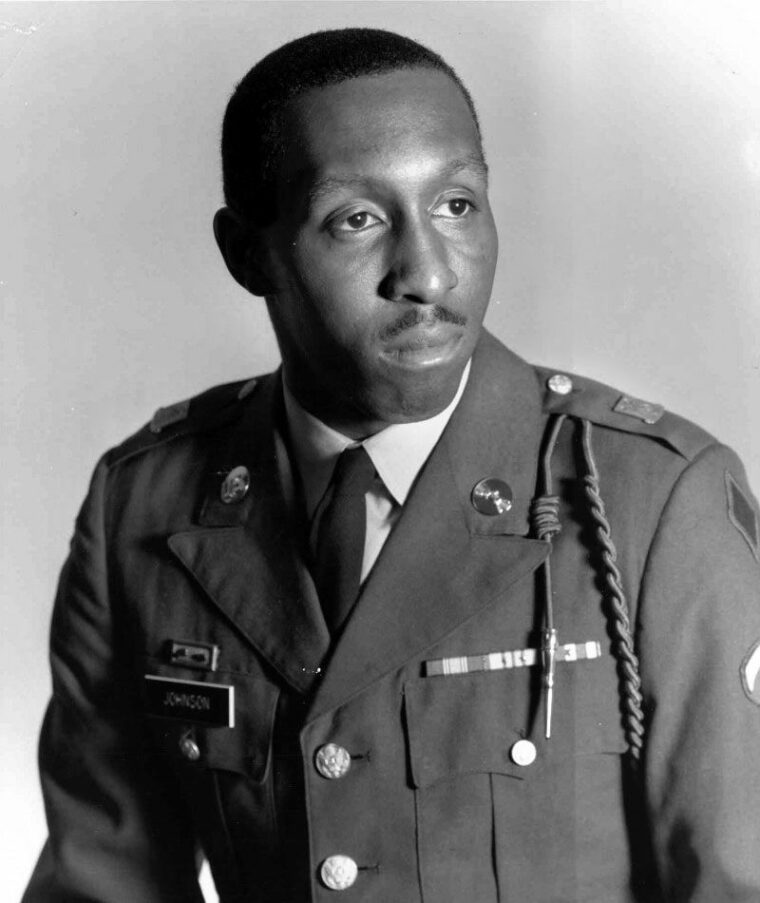
Johnson then returned to his immobilized tank and assisted in loading the M48’s 90mm gun as he and his crew blasted enemy positions in a bid to drive off the ambushing force. As the fighting wore on, he again exposed himself to enemy fire to man the .50-caliber machine gun mounted next to the tank commander’s hatch. He continued to spray the enemy forces with the machine gun until the enemy withdrew. He may have single-handedly killed as many as 20 enemy soldiers that day, according to reports of the action. “I don’t know how many I killed,” he said. “I wasn’t thinking, I wasn’t counting, I was just shooting.”
He received the Medal of Honor “for conspicuous gallantry and intrepidity at the risk of his life above and beyond the call of duty,” states the medal citation. During the ambush he showed “a magnificent display of courage,” the document states.
Johnson received word from the Pentagon in October 1968 that he was to receive the Medal of Honor. President Lyndon B. Johnson presented the medal to Johnson and four other soldiers in a White House ceremony on November 19. After the war he served for a time as an Army recruiter.
Johnson was acutely aware that if he had not been reassigned to another tank he would have died during the ambush along with his friends, all of whom perished in the tank in which he had been serving. Back home in Detroit, he suffered from post-traumatic stress syndrome for which he received psychiatric treatment from the Veterans Administration.
Johnson was shot and killed while robbing a convenience store on April 29, 1971. Nevertheless, he received full military honors during a funeral at Arlington National Cemetery on May 6 where he was laid to rest. The Veterans Administration, through the Veterans Board of Appeals ruled in 1977 that Johnson was mentally incompetent at the time as a result of his military service. His widow recieved full benefits as if her husband had been killed in combat. Detroit psychiatrist Dr. Bruce Danto, familiar with Johnson’s condition, speculated in his written testimony before the board that Johnson’s criminal behavior that day “was an effort to get himself killed.”
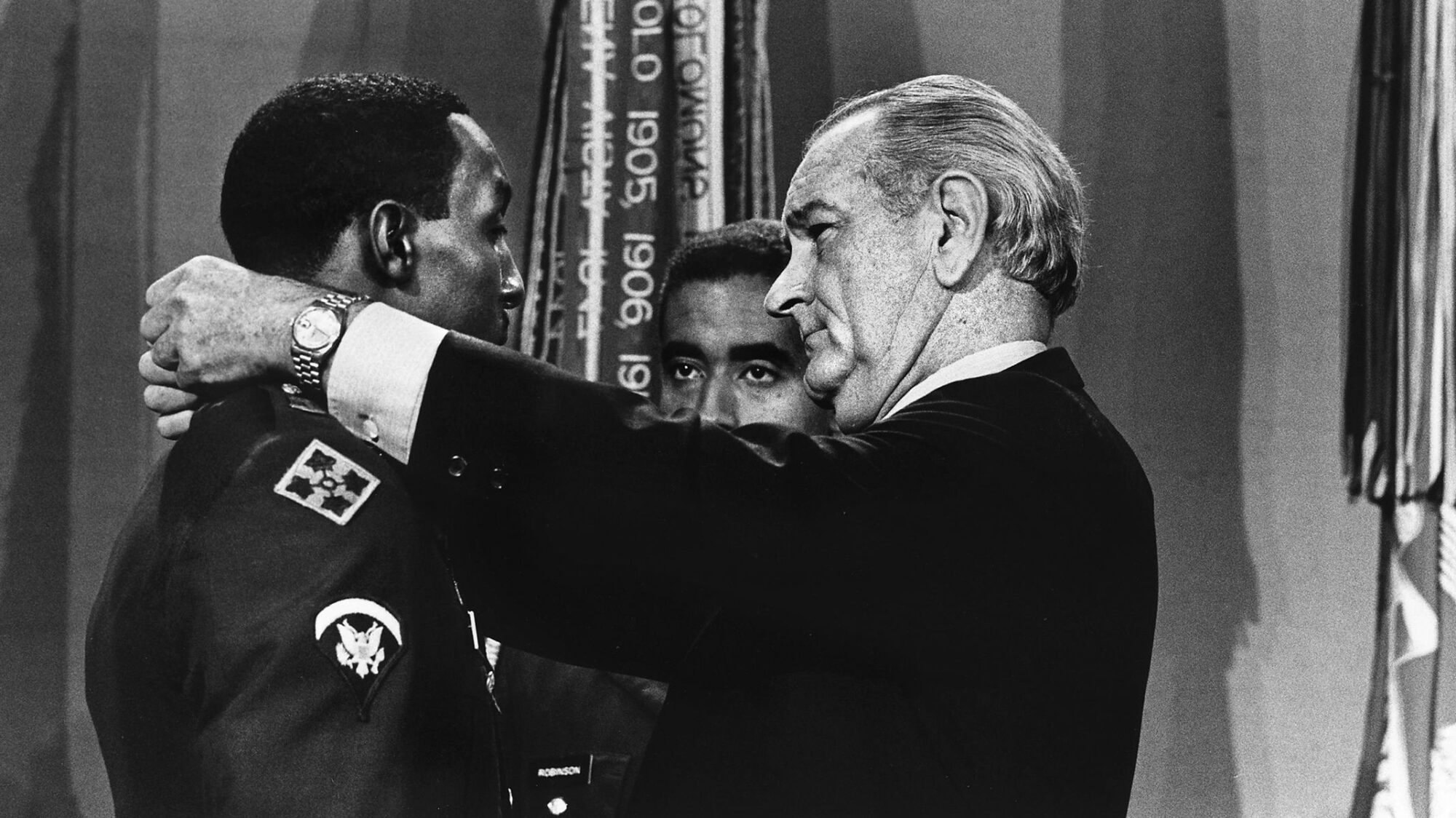
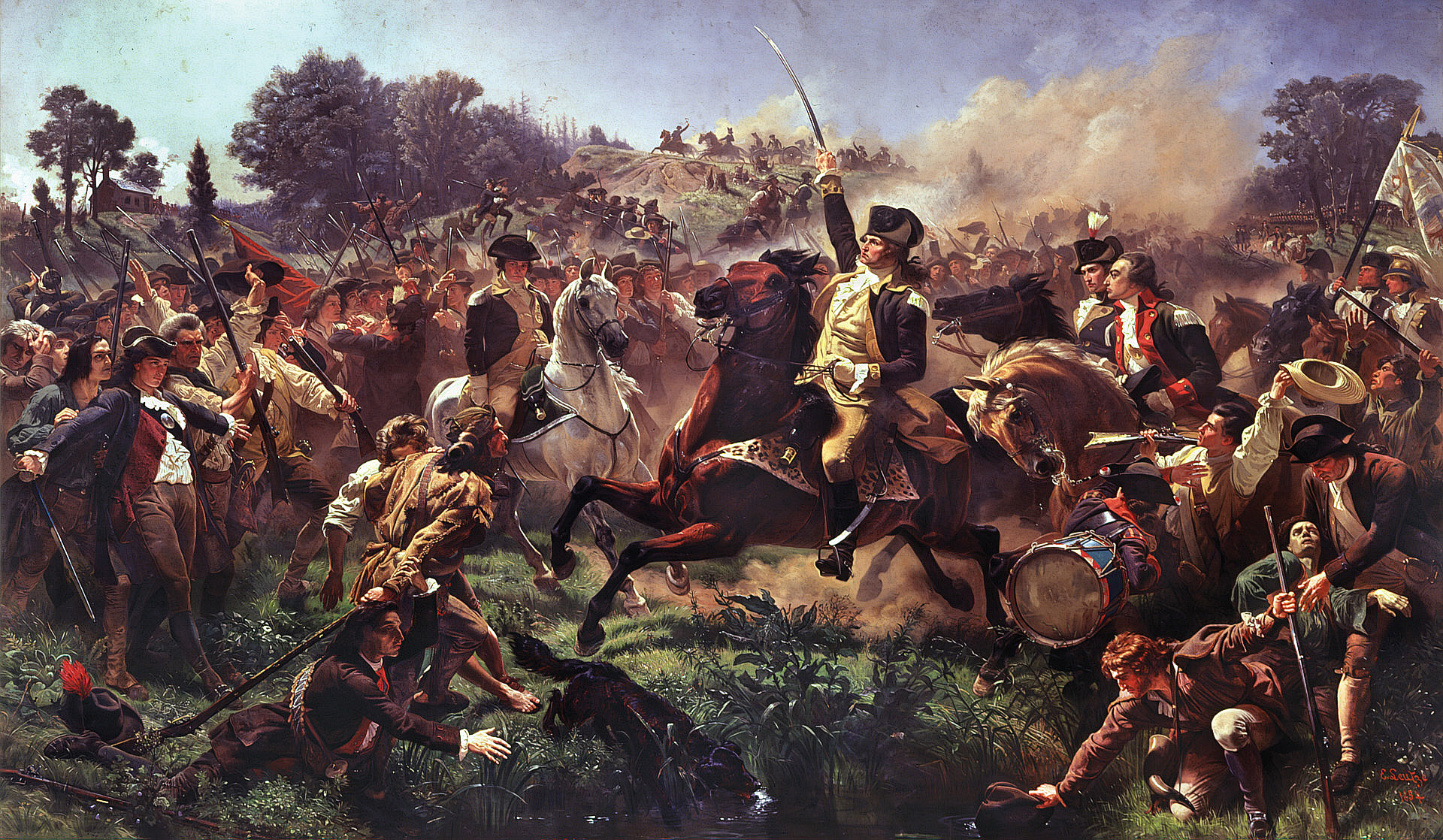
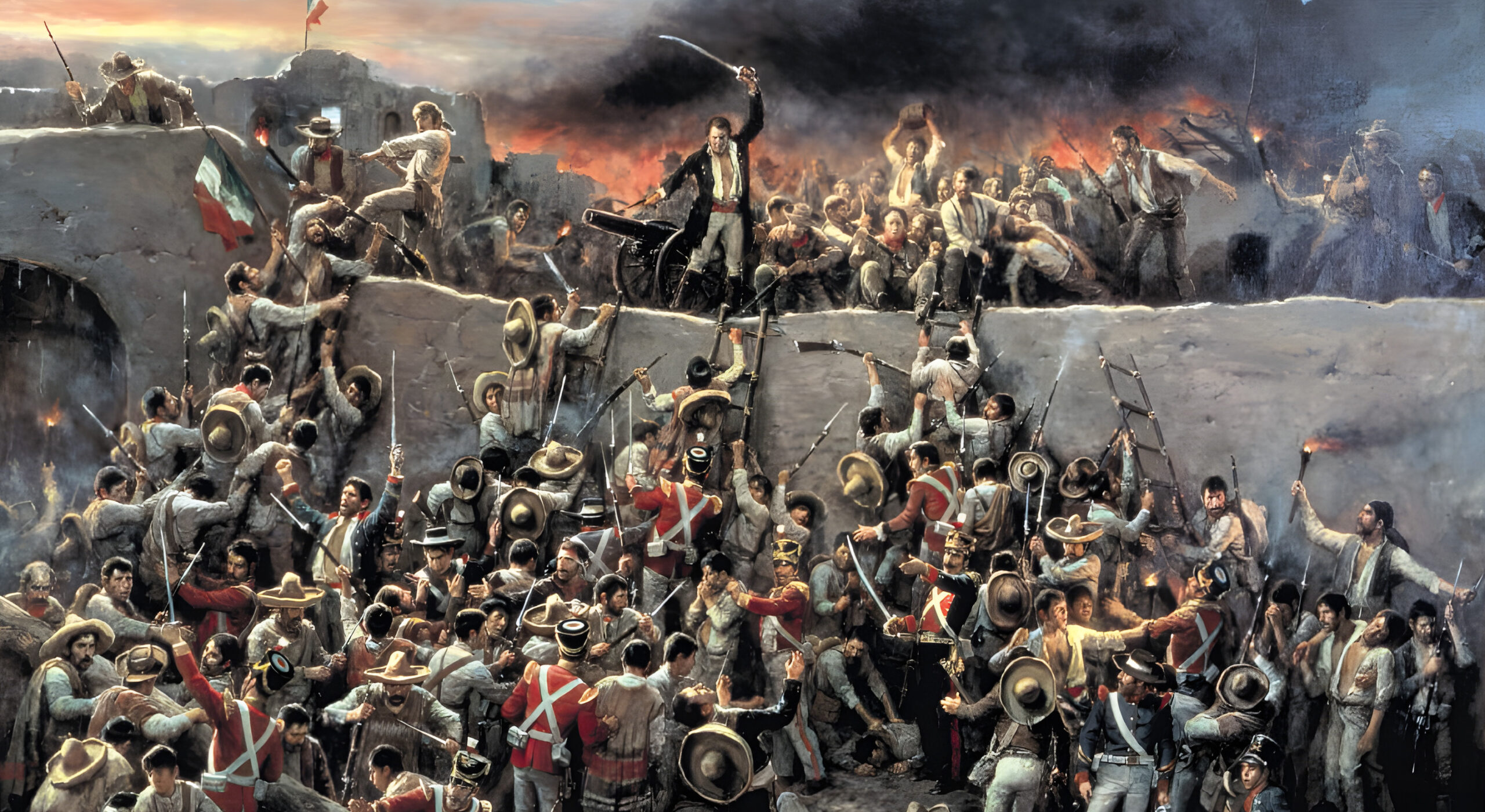
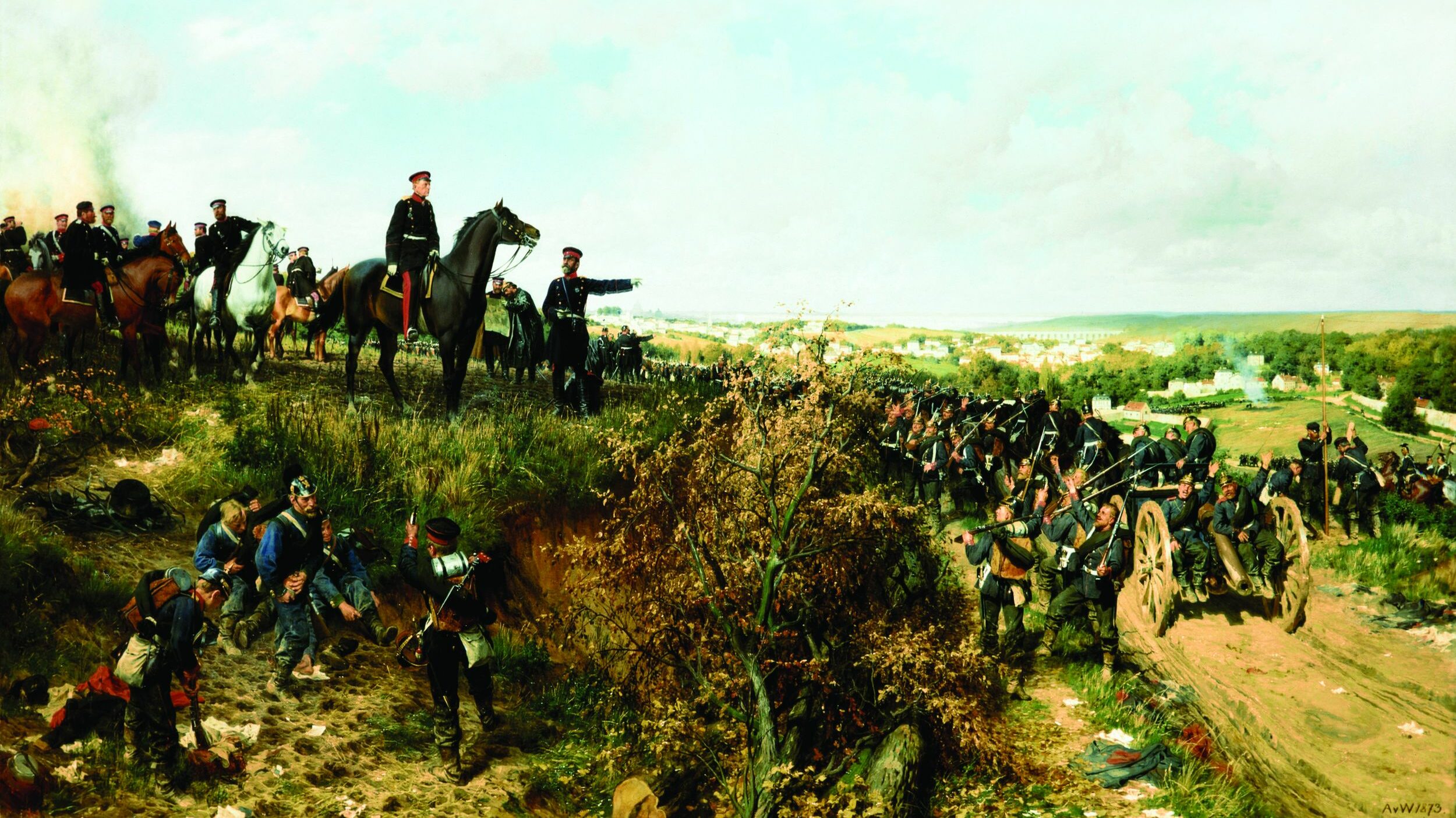
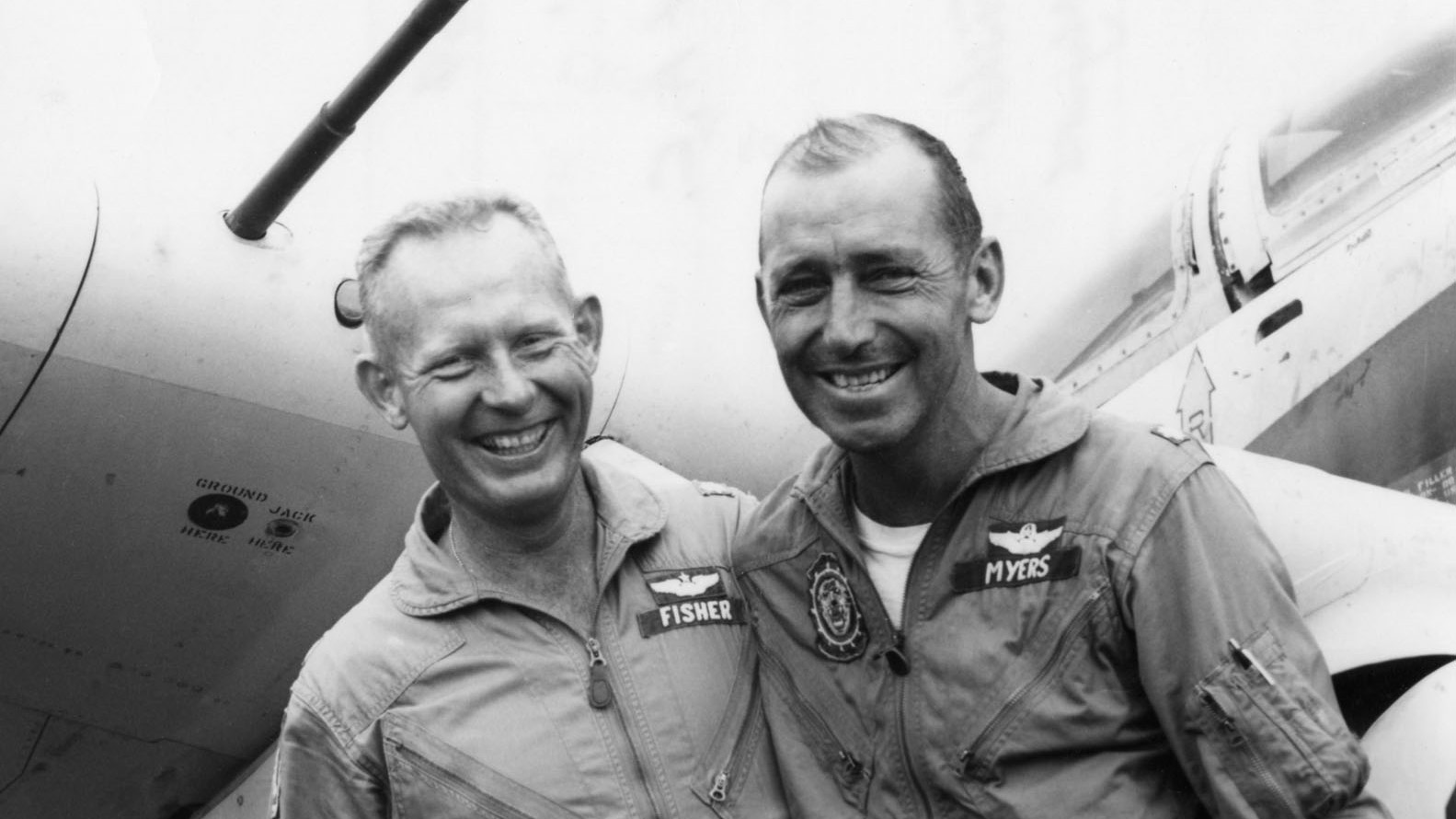
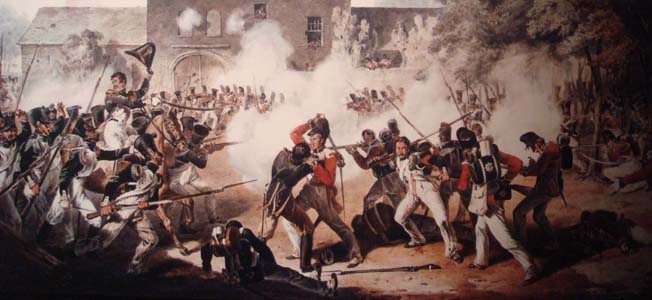
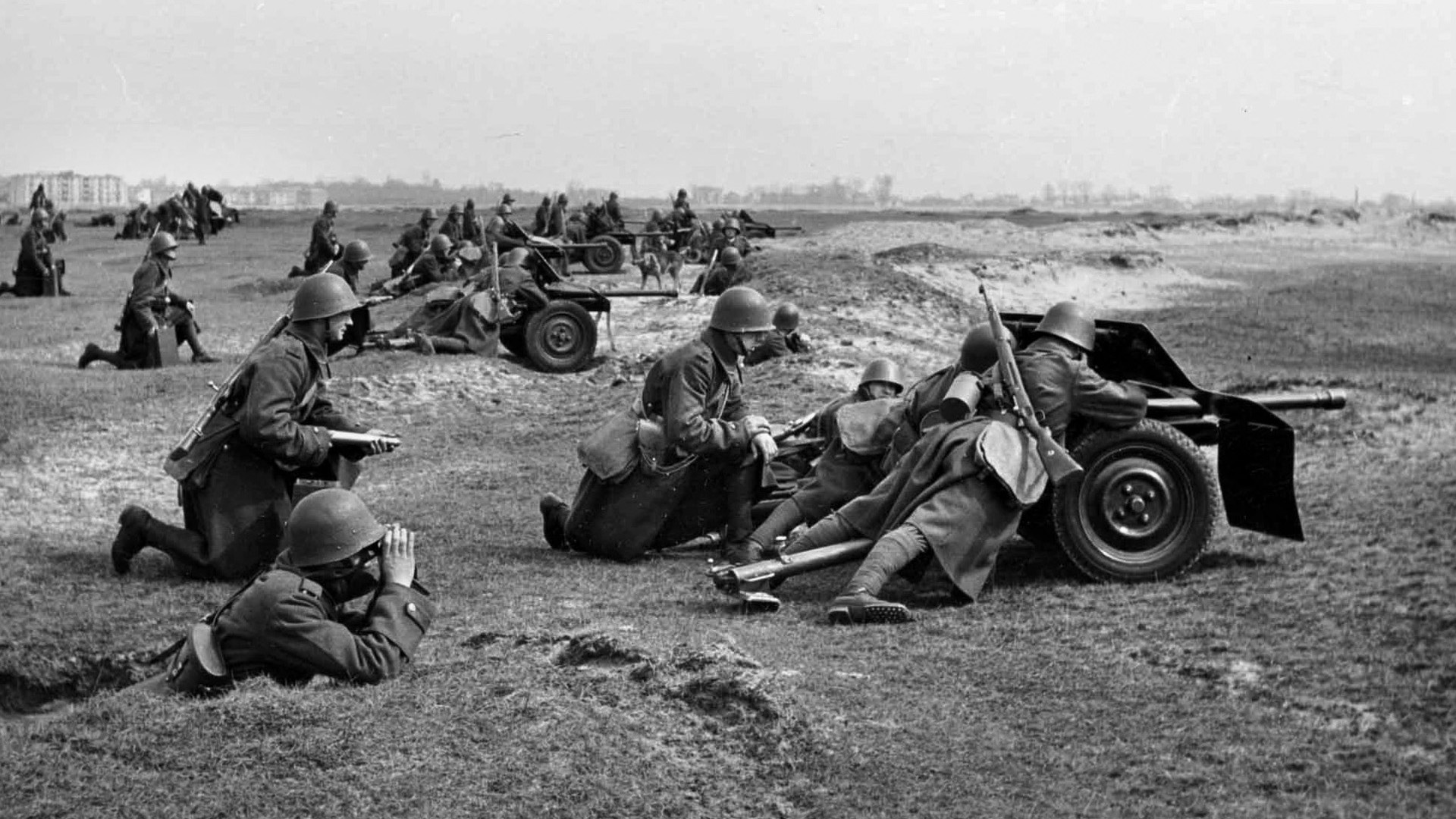
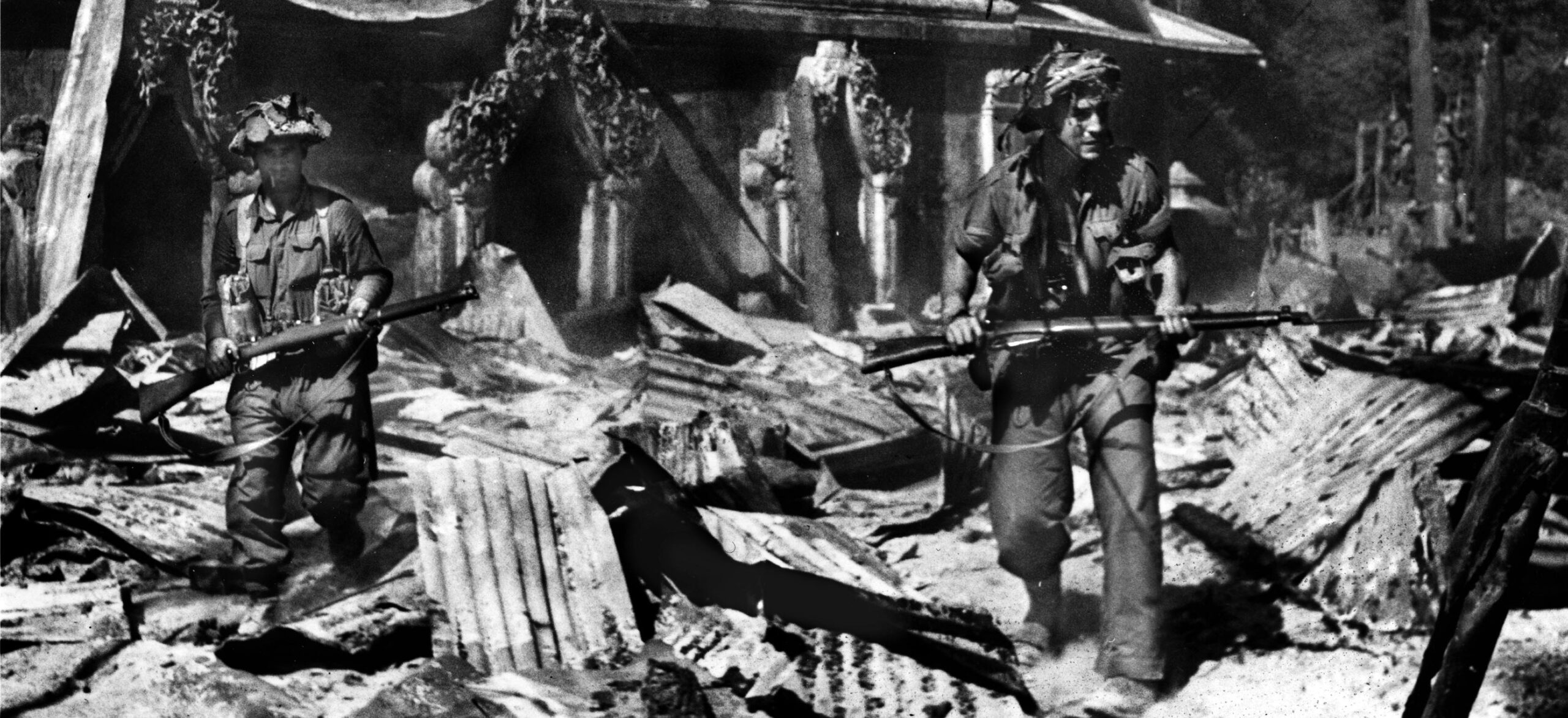
Hero!
How many Vietnam Vets went through the same thing as Johnson after coming home from the war? We may never know. Even though the hippy leftists/communists and the compliant Communist media trashed our Vietnam soldiers during the Vietnam war as “baby killers”, we have to honor the Vietnam Vets the same as WWII and Korean War Vets. They fought and died fighting Communism during the Cold War.